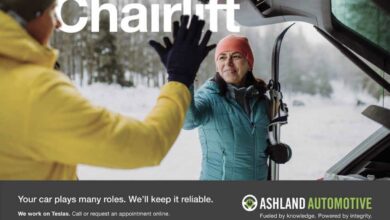Environmental Impact
We all know cars pollute. Besides driving less, there are things we can do to reduce the impact our car has on the earth. Let’s start with a bit about the Check Engine Light. If your Check Engine Light is on, the “root problem” needs to be diagnosed and repaired by a professional repair facility. This light can come on for hundreds, if not thousands of different reasons. The U.S. government mandates this light to come on when a failure occurs which may result in higher than allowable tailpipe emissions. The problem may or may not affect how the car runs or drives, but the problem will likely have an impact on fuel economy. Either way, the problem should be fixed.
Secondly, keeping your car in good mechanical condition tremendously reduces its environmental impact. Leaking engine oil, anti-freeze/coolant, transmission oil, and other fluids will all end up down the drain and in the local creek. Enough said. Also, keeping your tire pressures up, but not overinflating, will increase fuel economy. Some professional sources claim tire pressures can increase, or decrease fuel economy by 10-15%. The tire inflation specification in the door jam is always less than that on the tire. Some of us remember the legal battle which occurred after Ford called for the under-inflation of their tires on Explorers because of customer complaints of bumpy ride quality.
We recommend inflating tires while considering the maximum specification on the tire, not the vehicle manufacturer’s specification in the door jam.
Finally, changing your driving habits can have a significant effect on fuel economy, thereby reducing consumption. Driving less is the best option. For those of us who can’t drive less, we can drive slower. Anticipating our stops, accelerating more slowly and evenly, and slowing down on the freeway will increase our fuel economy. Drag is the force of airflow impacting a vehicle as it travels. The drag coefficient increases with the square of speed, so fuel economy is greatly reduced at higher speeds. This is exacerbated when the windows are down, so roll them up and turn on the air conditioner! Statistics show that at highway speeds fuel economy is better with the AC on and the windows up than with the AC off and the windows down. Also, remove your roof rack when you’re not using it, and don’t tote around extra stuff in your car, like some of the small libraries we’ve seen in trunks.
Remember the car is likely the majority of your carbon footprint. Thanks to advances in engineering, the tailpipe emissions of modern-day vehicles are greatly reduced from those of vehicles from the past. With approximately 275 million cars on the road, every little bit we can do will help us all.




